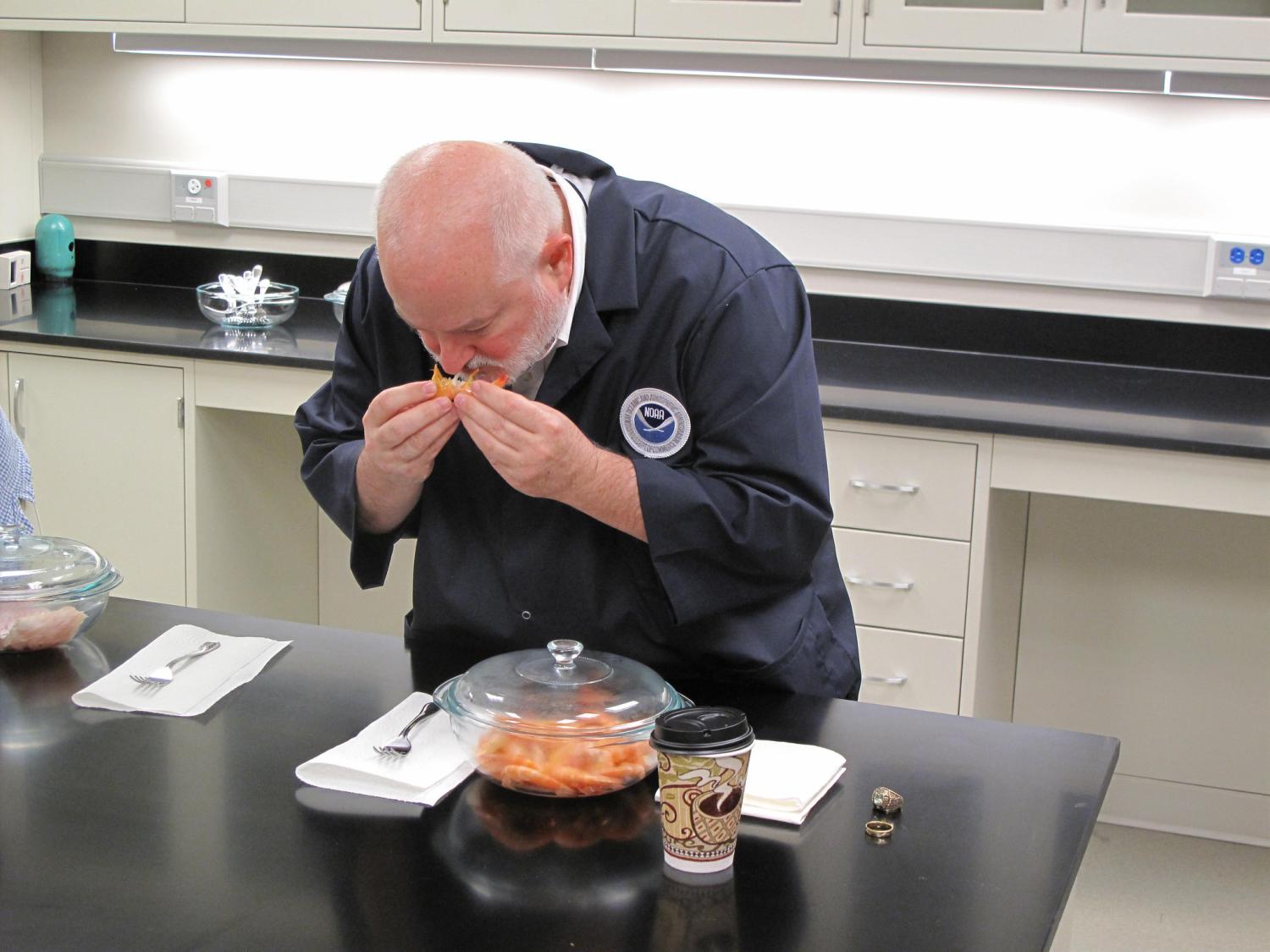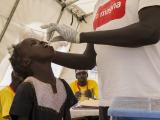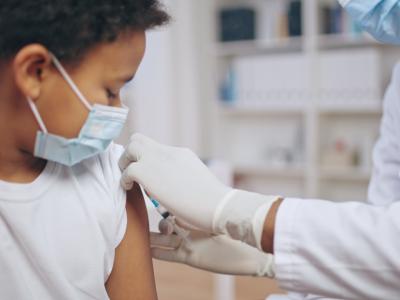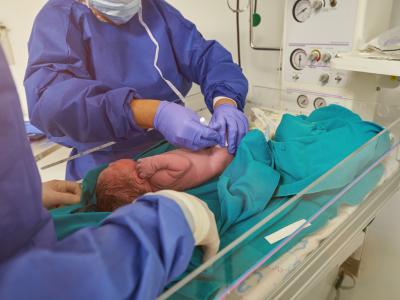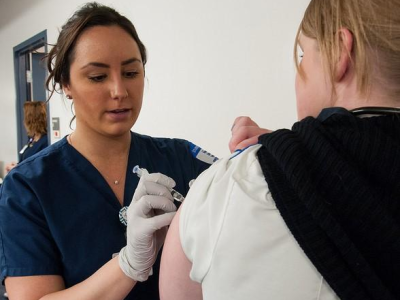The US Food and Drug Administration (FDA) hasn't met mandated targets for inspections of domestic and foreign food facilities since 2018. FDA officials, who have said they need more inspectors to meet their targets, haven't developed goals or measures to ensure its inspections are keeping the food supply safe, the Government Accountability Office (GAO) said yesterday in a new report.
The FDA is tasked with ensuring the safety of nearly 80% of the US food supply, including fruits, vegetables, processed foods, and most seafood. "The U.S. food supply is generally considered safe, but tens of millions of people get sick from foodborne illnesses each year," the GAO wrote. "FDA's inspections are a proactive tool aimed at preventing food safety problems rather than reacting to outbreaks after they happen."
At most, 9% of foreign inspection targets met
On average, the FDA conducted 8,353 routine domestic and 917 foreign food-facility inspections per year from 2018 through 2023, the scope of the report, the GAO noted. The FDA Food Safety Modernization Act directs the FDA to inspect each high-risk domestic food facility at least once every 3 years and non–high-risk facilities every 5 years.
FDA has not identified an appropriate annual target and communicated this information to Congress, as we recommended in January 2015.
"GAO’s analysis of FDA data shows that FDA nearly met its mandated targets for both high-risk and non-high-risk domestic facilities in fiscal years 2018 and 2019, but faced significant challenges in meeting mandated targets beginning in fiscal year 2020—largely due to the COVID-19 pandemic," the report said.
"For example, according to FDA data, FDA did not inspect about 7 percent of high-risk domestic facilities due for inspection during fiscal year 2019," it added. "In contrast, the data show that in fiscal years 2020 and 2021, the percentage increased to 40 percent and 49 percent, respectively."
FDA inspected far fewer foreign food facilities than the annual target of 19,200 inspections, according to the report. The most annual inspections of foreign food facilities occurred in 2019, with 1,727 inspections, or 9% of the annual target.
"FDA considers the existing target to be unrealistic and unachievable," the GAO wrote. "However, FDA has not identified an appropriate annual target and communicated this information to Congress, as we recommended in January 2015."
Understaffing the biggest limiting factor
FDA officials have said that inspector understaffing is its greatest barrier to meeting inspection targets.
"For example, in July 2024, FDA had a total of 432 investigators—90 percent of the full-time equivalent ceiling—for conducting both domestic and foreign inspections, according to FDA officials," the report said. "Taking steps to determine the appropriate size of its foreign investigator cadre would help FDA better plan its foreign inspection efforts and, in turn, better ensure the safety of imported food for U.S. consumers."
The FDA hasn't identified and implemented more procedures to minimize incomplete inspections or develop a formal performance-management process specifically for its food safety inspection efforts, the authors said.
Taking steps to determine the appropriate size of its foreign investigator cadre would help FDA better plan its foreign inspection efforts and, in turn, better ensure the safety of imported food for U.S. consumers.
"Developing and implementing such a process would provide FDA with greater assurance the agency is achieving its goals," they wrote. "For example, FDA could develop goals and measures for use in assessing agency progress in recruiting and retaining investigators. Systematically collecting such performance information and using it to assess progress and inform decision-making would assist FDA in its efforts to safeguard the U.S. food supply and protect the Americans who rely on it."
FDA agrees with recommendations
The GAO recommended that:
- Congress direct the FDA to determine the annual number of foreign food facility inspections needed to ensure the safety of imported food and communicate this information back to Congress, which should use the data to update the FDA's annual foreign inspection target.
- The FDA determine the appropriate size and workload of its foreign investigators, identify and implement more procedures to minimize the number of attempted inspections of domestic food facilities, and develop and implement a formal performance-management process focused on food safety inspections.
The FDA concurred with the recommendations, the report said.
